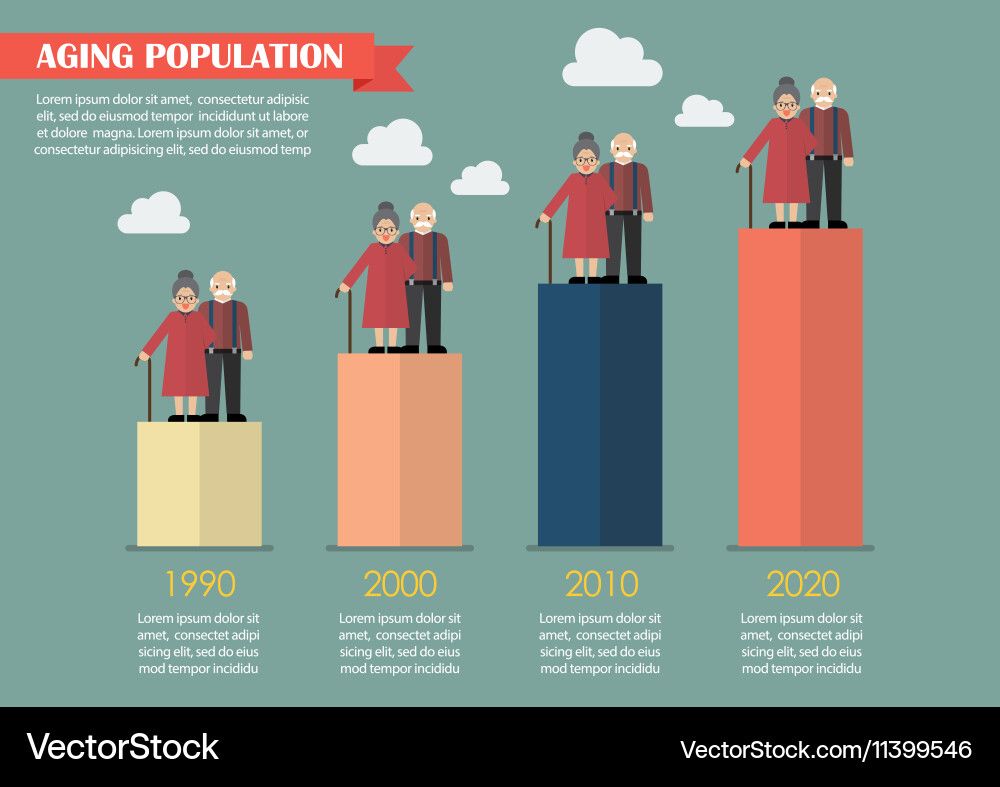The Social Implications of the Aging Population
As the world’s population continues to age, there are a number of significant social implications that will impact society as a whole. From healthcare to workforce dynamics to family structures, the aging population will touch every aspect of our lives. In this article, we will explore some of the key social implications of this demographic shift and what it means for the future.
Healthcare Challenges
One of the most pressing issues related to the aging population is the strain it will put on healthcare systems around the world. As people live longer, they are more likely to develop chronic health conditions that require ongoing medical care. This will place a greater burden on healthcare providers, as they will need to accommodate a growing number of older patients with complex medical needs.
Additionally, the aging population will require more long-term care services, such as nursing homes and home healthcare aides. This can be costly for families and governments alike, leading to increased demand for affordable and accessible care options.
Workforce Dynamics
With a larger percentage of the population entering retirement age, there will be a significant impact on the labor force. As older workers retire, there may be labor shortages in certain industries, leading to increased competition for skilled workers. Additionally, older workers may choose to work longer, either out of financial necessity or a desire to stay active and engaged in the workforce.
Employers will need to adapt to an aging workforce by implementing policies and programs that support older workers, such as flexible work arrangements, training and development opportunities, and age-friendly workplace design. This will be crucial in retaining valuable knowledge and experience within organizations.
Family Structures
The aging population will also have a profound impact on family structures and dynamics. As people live longer, they are more likely to require care and support from their families. This can place a strain on adult children who may need to balance caregiving responsibilities with work and other commitments.
Additionally, the aging population may lead to changes in intergenerational relationships, as older adults become more reliant on their children and grandchildren for support. This can create both opportunities for closer family bonds and challenges in managing caregiving responsibilities and family dynamics.
Conclusion
As the world’s population continues to age, the social implications of this demographic shift will become increasingly apparent. From healthcare challenges to workforce dynamics to family structures, the aging population will touch every aspect of our lives. It is crucial that we start to prepare for these changes now, by investing in healthcare infrastructure, supporting older workers in the workforce, and strengthening family support systems. By addressing these challenges head-on, we can ensure a more positive and sustainable future for all generations.
References:
1. World Health Organization. (2015). Ageing and Health. https://www.who.int/news-room/fact-sheets/detail/ageing-and-health


